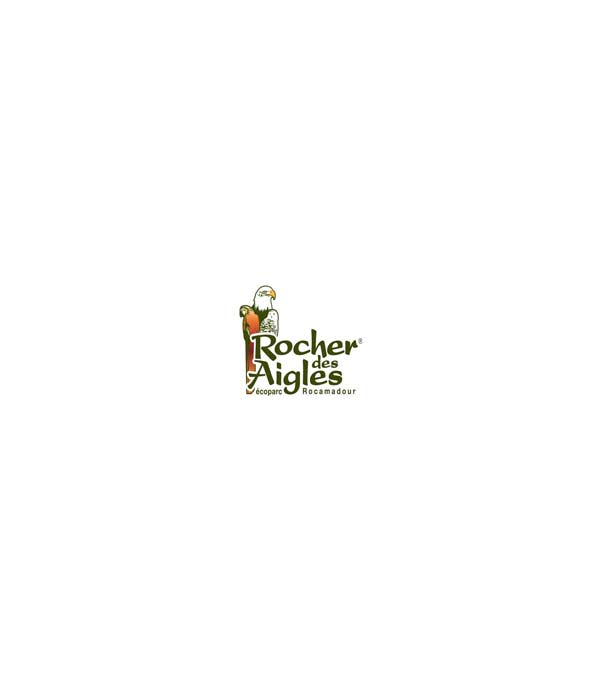American Kestrel - Falco sparverius
Presentation
The American Kestrel has blue-gray wings, hazel back with black spots, hazel tail with a wide white tip, and two black vertical stripes on the white side. The beak is short and hooked. The wings are narrow, long and pointed. The adult female has colors that tend more towards reddish-brown.
In general, couples usually frequent the same nesting sites and may occupy the same nests for two consecutive years. Pair formation is initiated by the male and validated by the female. Three main stages mark the formation of the couple: aerial displays, the search for a site and the ritual offering of food by the male. There are two kinds of aerial parades: in the first one, the male alternately performs small beats and short glides, the second one is only performed by the male who then performs a series of ascents and dives.
The American Kestrel is the only raptor in North America capable of hovering: it flaps its wings quickly and keeps its head still while observing prey on the ground.
Characteristics
CLASS : Birds
ORDER : Falconiformes
FAMILY : Falconidae
WINGSPAN : 50-60 cm
WEIGHT : Female 126-166g / Male 103-120g
CLUTCH SIZE : 4-5 eggs
INCUBATION : 29-31 days
LIFE EXPECTANCY : about 6 years in the wild and 14 years in captivity
DIET : small mammals, small reptiles, small birds, insects and worms
NATURAL HABITAT : forest edges, marshes, urban areas, grasslands, arid plains, deserts, wooded canyons, open forests
RANGE : North, Central and South America
Conservation status
Conservation status info

LC : Least concern
Its range is wide and its population is stable, especially in North America. The creation of nesting boxes gives good results where natural cavities are completely absent.
